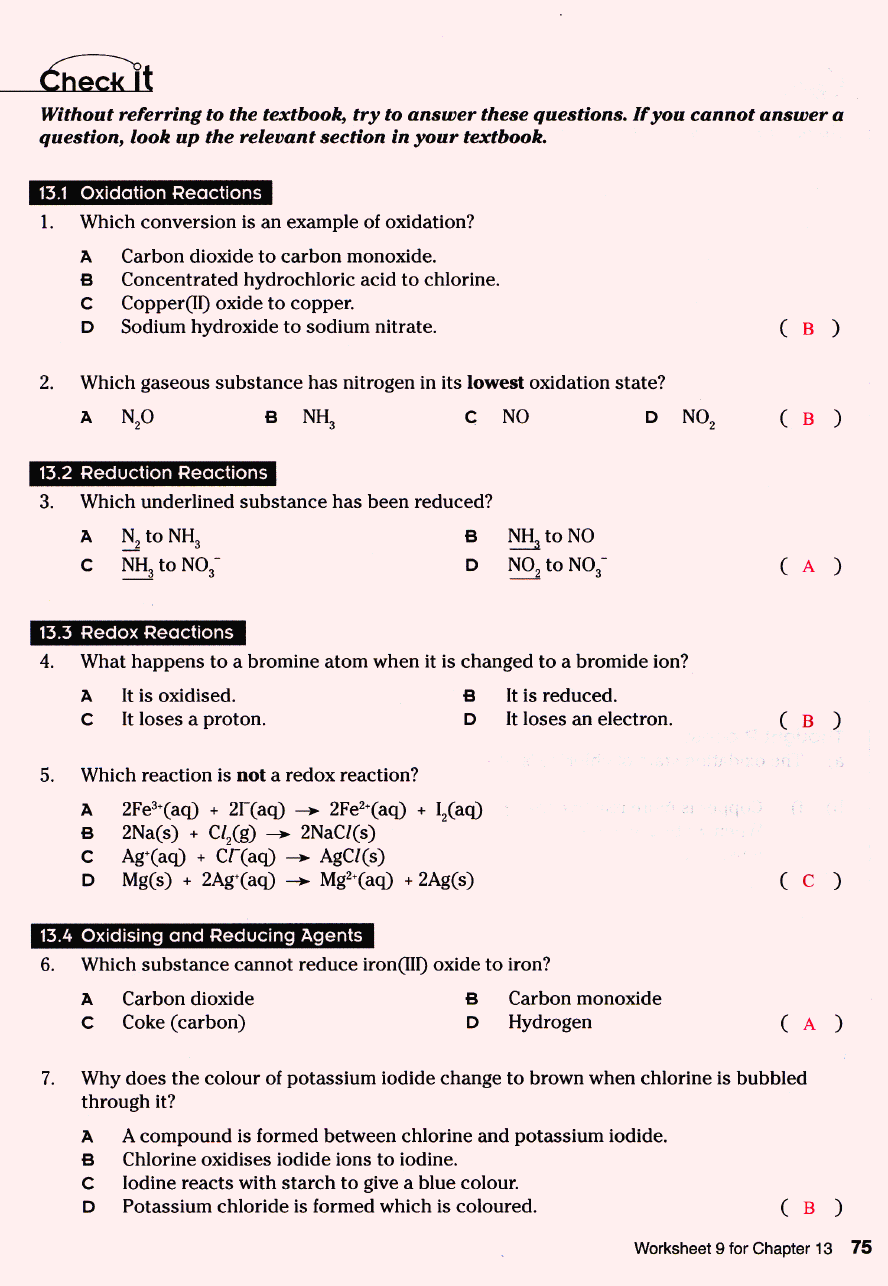Making The Connections 2 A How To Guide For Organic Chemistry Lab Techniques Second Edition 'Buy' them like any other Google Book, except that you are buying them for no money. Note: Amazon often has the same promotions running for free eBooks, so if you prefer Kindle, search Amazon and check. Laboratory techniques are emphasized rather than theoretical understanding. Sample questions asked in the 2nd edition of Organic Chemistry Laboratory Manual: Select the solvents that can be used in PMR spectroscopy which do not interfere with the spectrum: a. Carbon tetrachloride b. Hexachloroacetone e. Methylene chloride h. Bundle: Organic Chemistry (with Organic ChemistryNow), 2nd + Introduction to Organic Laboratory Techniques: A Small-Scale Approach, 2nd 2nd Edition Author: Joseph M. Organic Chemistry - 2nd edition. Organic Chemistry - 2nd edition. By Paris Svoronos. The exercises have been carefully written to minimize set-up time and eliminate the need for elaborate and expensive laboratory equipment. Laboratory techniques are emphasized rather than theoretical understanding.
Organic Chemistry Lab Techniques Pdf
- 1.1: Prelude to General Techniques
- 1.2: Glassware and Equipment
- 1.3: Transferring Methods
- It is often needed to transfer chemicals from one container to another in organic chemistry laboratories. The proper approach to take depends on the nature of what needs to be transferred.
- 1.4: Heating and Cooling Methods
- As reaction rate increases with temperature, it is very common to heat solutions in the organic laboratory. There are many heat sources available to the organic chemist, although some methods are better than others depending on the situation. Described in this section are some concepts that are common to all heating methods (e.g. how to boil controllably), followed by specifics on each heat source. Also included are methods used to cool solutions.
- 1.5: Filtering Methods
- There are many methods used to separate a mixture containing a solid and liquid. If the solid settles well, the liquid can sometimes be poured off (decanted). If the solid has very small sized particles or forms a cloudy mixture, the mixture can sometimes be centrifuged or passed through a filter pipette (on the microscale, < 5 mL).
Organic Chemistry Laboratory Techniques (Microscale) Third Edition
$40.00
Author: L. Nyenty Arrey
ISBN 10: 1-60797-556-4
ISBN 13: 978-1-60797-556-4
- Description
- Reviews (0)
Description
The purpose of this text is to present the basic techniques used in the organic chemistry laboratory. Understanding and using these techniques will enable students to complete their work correctly and on time the first time it is performed. This text is also based on the types of experiments, methods, and instruments used in most chemistry department laboratories.
This text covers the course materials in depth and is applicable for advance references. You may wish to consult additional references to learn more about approaches to different techniques. It is not claimed to be a comprehensive compilation of information to meet all possible needs and circumstances; rather, the intention is to provide sufficient guidance that will allow students to focus on particular instruments and techniques to carry out experiments under conditions which will offer the highest chance of success. This edited volume provides students with the tools they need to be successful in sophomore organic chemistry.
Reasons for Adopting this Manual
1. The manual presents basic organic chemistry techniques that will enable students to complete their work correctly and on time.
2. It focuses on particular instruments and techniques that are required and often used in sophomore level organic chemistry laboratories.
3. Easy to read with greater understanding.
4. Single-sided pages for student use.
5. Basic spectroscopy problems to enhance student’s ability to interpret spectra.
6. No experiments included
7. Less expensive– Students quit paying 80-100 dollars for an organic chemistry laboratory manual.
Organic Chemistry 2nd Edition Pdf
About the Author
L. Nyenty Arrey is an Associate Professor of Chemistry and former director of Summer Institute in Science and Mathematics at Capital University from 2002-2008. I am an author of three Transformational learning tools in organic chemistry: 1. Organic Chemistry Laboratory Techniques (Microscale); second edition published in 2009, 2. Organic Chemistry: Lecture Notes with CD, “The Absolute, Ultimate Guide on How to be Successful in Organic Chemistry”; second edition, published in 2009 and 3. Interactive Audio Lecture in Organic Chemistry, published 2009. Additional scholarly publications includes, Organic Chemistry: Intensive Format or Traditional Format, Summer Academe: A Journal of Higher Education, volume 6, 37-45, 2009; “Intensive Learning Versus Traditional Learning in Organic Chemistry”, Summer Academe: A Journal of Higher Education, Volume 5, 21-26, 2005. I have also served on the faculty of Denison University Chemistry Department. My Ph.D. is in Organic Chemistry from The Ohio State University. My research interests are: 1) Chemical Education – Organic Chemistry and Methods of Learning and Teaching, 2) Synthesis, Characterization, Computational, and Reactivity of heterocyclic Carbene, Diazirine and Nitrene molecules.

Organic Chemistry Lab
Be the first to review “Organic Chemistry Laboratory Techniques (Microscale) Third Edition”




